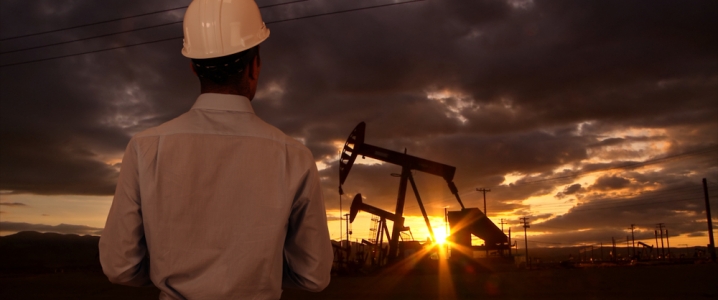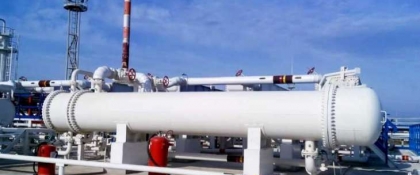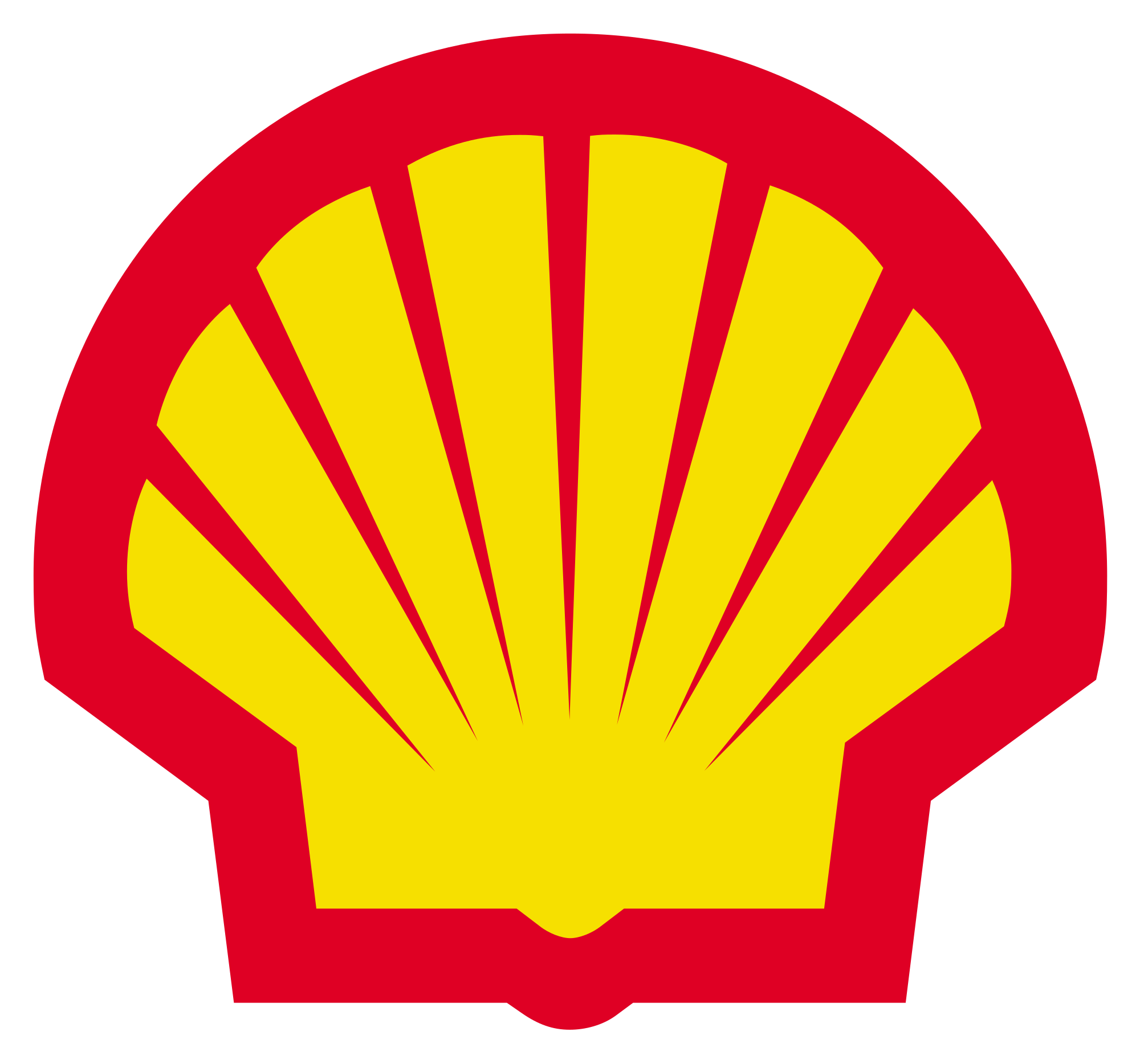By Tsvetana Paraskova
WTI Crude prices have recently surged to their highest level in three and a half years—just above $70 a barrel. In theory, that’s higher than the average breakeven costs of all key U.S. shale plays. Even $60 WTI is higher than the average breakeven prices, as per the latest quarterly Dallas Fed Energy Survey from March.
Yet, U.S. shale producers are not necessarily raking in huge profits, although Q1 was their best start to a year in three years.
Profits are constrained by pipeline bottlenecks in the Permian, higher costs for drilling services, some bad hedging bets capping part of company sales at below market prices, the huge discount of WTI Midland crude to WTI and Brent due to said bottlenecks amid soaring production, and investment in more drilling activity.
U.S. shale producers face takeaway bottlenecks in the Permian, which is widening the WTI Midland crude discount to WTI Crude. So the prices at which producers sell their oil is not the same as the one we see on the oil price charts.
“Even as falling inventories and geopolitical risks put upward pressure on benchmark crude spot prices, tightening constraints on crude oil transport are increasingly driving a wedge between the Brent global crude benchmark and crude priced in the Permian Basin,” the Dallas Fed said in its May 2018 Energy Indicators report.
“The discount between Brent crude and WTI barrels priced in Midland increased from an average of $2 in the first half of 2017 to an average of $5.30 in the second half. Congested takeaway capacity from the Permian has further widened the discount in 2018. That spread averaged $10.77 in April—the largest monthly spread between the two since September 2014.”
The EIA also flagged the rapidly widening spread in its latest Short-Term Energy Outlook from May 8.
“As production grows beyond the capacity of existing pipeline infrastructure, producers must use more expensive forms of transportation, including rail and trucks. As a result, WTI Midland price spreads widened to the largest discount to Brent since 2014. The WTI Midland differential to Brent settled at -$17.69/b on May 3, which represents a widening of $9.76/b since April 2,” the EIA said.
In addition, companies have increased investment in drilling more in the Permian and even in the Bakken, so their positive cash positions have not boomed in lockstep with the rallying WTI oil prices.
Shale companies “are just not generating enough cash to fund all of their investment in new wells,” James Williams, energy economist at WTRG Economics, told MarketWatch’s Myra Saefon.
“But the cash flows in over time, after you spend the money on drilling the well,” Williams noted.
Most of the top 20 U.S. oil firms focused on shale drilling were still spending in Q1 more cash than they were making, according to an analysis by the Wall Street Journal based on FactSet data. Of those 20 companies, just five generated more cash than they spent in Q1, according to the WSJ analysis.
Then, even if prices are now higher than the average breakevens across the major basins, cost inflation is back with a vengeance, and shale companies expect a double-digit cost jump this year, while there is also a shortage of fracking crews and truck drivers in parts of the Permian.
Moreover, some shale producers have been booking losses from hedging, after they hedged part of their production at $50 and $55 a barrel WTI, which caps part of their gains when prices rally well above that level. Hedging contracts capped at $65 or below are now a drag on company sales instead of the lifeline they were during the oil price slump.
“These companies aren’t exposed to the higher prices because many of them hedged their oil production at $50 per barrel,” Matt Badiali, senior research analyst at Banyan Hill, told MarketWatch.
Rallying oil prices surely help U.S. producers, but they still have work to do to turn the higher prices (assuming they are sustainable) into higher profits.
Source: Oilprice.com






